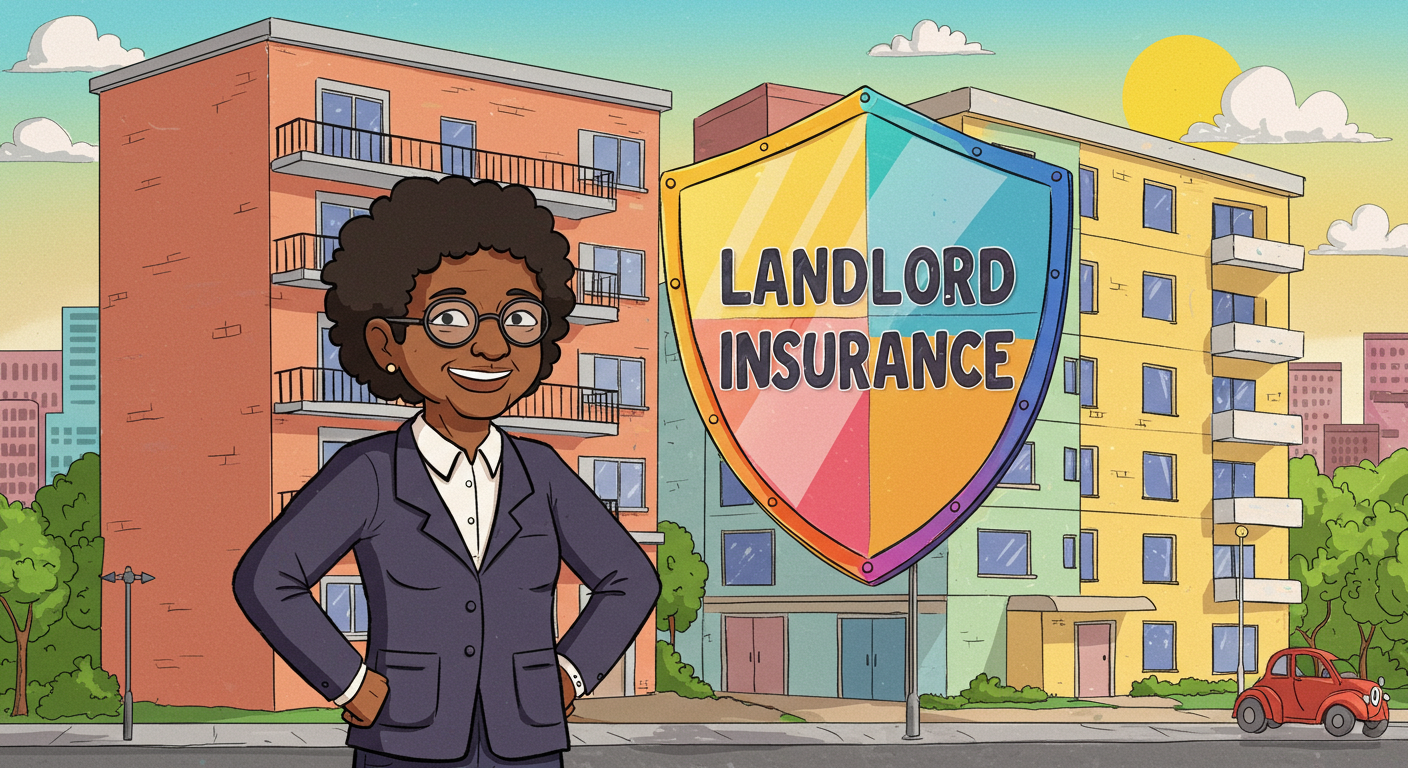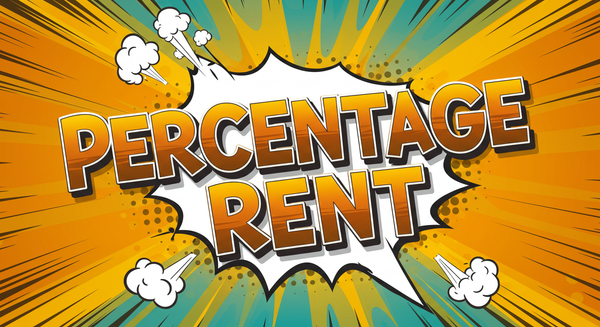Landlord Insurance: What It Covers, Why It Matters, and How to Protect Your Rental Income
Sometimes called rental property insurance, landlord insurance covers the specific risks landlords face, including property damage, liability claims, and loss of rental income.

Landlord insurance is a financial safety net that can mean the difference between long-term profitability and sudden loss. Sometimes called rental property insurance, it covers the specific risks landlords face, including property damage, liability claims, and loss of rental income.
Unlike homeowners insurance, which protects owner-occupied homes, landlord insurance is designed for rental units and short-term rentals like Airbnb or VRBO. Whether you're a seasoned property owner or managing your first rental unit, understanding how this coverage works is essential to reducing financial loss and legal exposure.
In this guide, we’ll break down:
- What landlord insurance is and isn’t
- Its impact on day-to-day property management
- Compliance requirements across states like California, Texas, and Virginia
- Practical tips to minimize risk and maximize protection
- Answers to the most searched questions on Google
What Is Landlord Insurance?
Landlord insurance is a type of property insurance designed to protect rental properties and their owners. It provides three primary types of coverage:
- Dwelling coverage: Protects the physical structure against storm, fire, theft, and accidental damage
- Liability coverage: Covers legal fees and liability claims if someone is injured on your property
- Loss of rental income: Reimburses you when your unit becomes uninhabitable due to a covered loss
Landlord insurance is often mistaken for homeowners or even renters insurance, but each of these policies serves a distinct purpose.
A homeowners policy covers your primary residence and personal belongings. Renters insurance, however, is specifically for tenants—it protects their belongings and covers risks unique to their situation. Landlord insurance, on the other hand, protects your rental property itself, but explicitly excludes coverage for tenants' personal property—that’s exactly why renters insurance exists.
Related: Certificate of Occupancy
Should You Carry Landlord Insurance?
A quick decision path for rental property owners
Impact & Applications
Operational Impact
Landlord insurance directly affects:
- Profitability: A single claim for property damage or liability could wipe out months of rental income
- Cash Flow: Policies with loss-of-rent coverage provide income continuity after a storm, tornado, or fire
- Risk Management: Knowing you're covered for accidental damage and theft gives landlords peace of mind
Helpful Insight: Skipping landlord insurance could leave you personally liable for thousands in medical bills or repairs.
NARPM recommends at least $500,000 in liability coverage, especially for short term rentals or pet-friendly properties.
🚫 What Landlord Insurance Doesn’t Cover
- ❌ Flood damage (requires separate policy)
- ❌ Earthquake damage (excluded unless added)
- ❌ Tenant belongings
- ❌ Normal wear and tear
- ❌ Eviction legal fees
Example: When a Tornado Hits Your Rental
- Challenge: A landlord in Texas owns a duplex listed on VRBO. A tornado damages the roof and makes one unit uninhabitable.
- Solution: With loss of rental income and dwelling protection, insurance covers repairs and missed rent.
- Outcome: Zero financial loss despite three months of vacancy.
- Takeaway: Comprehensive coverage is essential for disaster-prone areas.
Related: Capital Improvements
Legal & Compliance Essentials
Key Legal Pitfalls:
- Homeowners insurance won’t cover rental property claims
- Undisclosed vacancies can void coverage
- Tenants must be notified of insurance requirements upfront (e.g., Virginia law)
State Regulations:
- Texas: Requires clear disclosure about coverage gaps and separate flood insurance needs. Also governs short-term rental insurance.
- Virginia: Allows landlords to require tenant damage insurance (law here) but caps combined security deposit + premium at two months’ rent.
- Oregon: Permits insurance requirements but prohibits landlords from requiring "additional insured" status.
Best Practices for Landlord Insurance
1. Require Renters Insurance from Tenants
What: Push tenant liability and property damage to their policy.
Why: Avoids minor claims affecting your record.
How: Include it in your lease and request annual proof.
2. Conduct Annual Policy Reviews
What: Reevaluate your coverage limits.
Why: Property values rise; underinsurance is risky.
How: Review with your agent yearly.
3. Cover Short-Term Rental Scenarios
What: Standard policies often don’t cover Airbnb/VRBO risks.
Why: Turnover = increased liability.
How: Add endorsements or get specialty insurance.
Related: Co-Signer Agreements
Key Questions Answered
What’s the difference between landlord insurance and homeowners insurance?
Landlord insurance covers the rental building and owner liability. Homeowners insurance covers owner-occupied homes.
How much is landlord insurance?
Average costs range from $1,200–$2,000/year depending on location, property type, and risk level. See Texas cost factors.
Does landlord insurance cover tenant damage?
Yes, but only accidental or malicious damage. It does not cover routine wear and tear. Always document condition before and after tenancy.
Insurance Coverage Breakdown
Landlord vs Homeowners vs Renters Insurance
| Coverage Type | Landlord | Homeowners | Renters |
|---|---|---|---|
| Dwelling Protection | ✅ | ✅ | ❌ |
| Tenant Belongings | ❌ | ✅ | ✅ |
| Liability Protection | ✅ | ✅ | ✅ |
| Loss of Rental Income | ✅ | ❌ | ❌ |
| Short-Term Rental Coverage | 🔶 With Endorsement | ❌ | ❌ |
Conclusion & Resources
Key Takeaways:
- Landlord insurance covers structural damage, legal liability, and lost rent.
- Every state has its own rules — compliance is non-negotiable.
- Short-term rentals often require additional endorsements.
Recommended reading:
Need a better way to manage landlord risks? Explore our full landlord resource hub for guides, tools, and templates.





